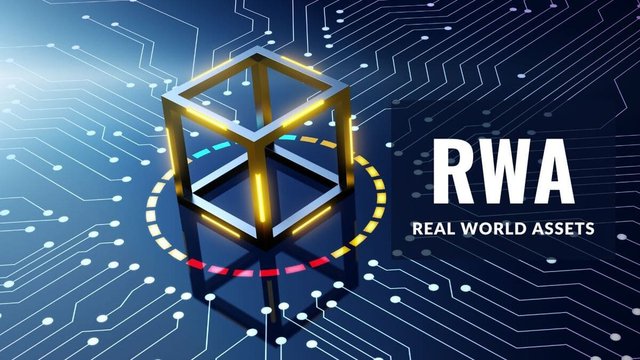The $10 Trillion Shift: Why RWA Tokenization Will Explode in 2025
For years, the promise of blockchain technology felt constrained to digital-native assets. But 2025 marks the critical turning point where the digital ledger finally swallows the real world.
We are not just talking about the next crypto cycle; we are witnessing the institutional adoption of Real-World Asset (RWA) Tokenization. This market—the process of putting ownership rights of tangible and intangible assets (like real estate, bonds, and private equity) onto a blockchain—is poised for exponential growth, potentially scaling into the multi-trillions by the end of next year.

The Institutional Floodgates Are Open
What is driving this seismic shift in 2025? Simply put: legitimacy and utility.
Major financial institutions, having long been skeptical of public blockchains, are now leading the charge. The infrastructure is maturing, and regulations are crystallizing, giving institutional investors the confidence to move substantial capital on-chain.
RWA tokenization offers undeniable benefits that traditional finance can no longer ignore:
Liquidity: Turning traditionally illiquid assets (like commercial property or private credit) into tradeable digital tokens.
Fractionalization: Allowing smaller investors to access high-value assets that were previously reserved for the ultra-wealthy.
Operational Efficiency: Reducing settlement times from days to minutes, slashing administrative costs, and enhancing transparency.
The move is no longer theoretical; it’s an operational imperative. Firms like BlackRock and Franklin Templeton aren’t just exploring RWAs—they are deploying live tokenized funds that are attracting billions.
The Assets Driving the Boom
While the promise of tokenizing everything from gold bars to unique art is exciting, the true growth engines for 2025 are found in traditional financial instruments:
- Tokenized T-Bills and Bonds (The Institutional Darling)
Tokenized U.S. Treasury bills and government bonds have proven to be the most successful early application. They offer institutions a risk-off, yield-bearing asset that can operate 24/7 on a blockchain, effectively bridging the gap between stable DeFi applications and sovereign debt. This category is expected to balloon as banks seek efficient collateral management.
- Real Estate (The Long-Term Promise)
The inefficiency and lack of transparency in global property markets make real estate an ideal target. By tokenizing commercial and residential properties, developers can raise capital faster, and investors gain global access to highly specific assets without cumbersome legal paperwork.
- Private Credit and Equity
The $14-trillion private credit market is inherently illiquid. Tokenization introduces mechanisms for secondary market trading, unlocking capital stuck in multi-year lock-up periods. This ability to tokenize and distribute private market exposure efficiently is perhaps the most revolutionary aspect for institutional finance.
The Future Is Tokenized
The explosion of the RWA market in 2025 is not just a trend—it is the culmination of years of blockchain development. It signifies the moment blockchain moves from being a niche technology to the actual engine room of global finance, making investment more accessible, efficient, and transparent than ever before. If you’re not tracking RWA developments, you’re missing the largest financial transformation of the decade.